class k fires include
TF-A space containing a process vessel is a confined space. Cooking fires that spark from grease lard olive oil butter animal fats and vegetable fats are recognized as Class K fires.

Classes Of Fire An In Depth Look At Fire Prevention
Potassium sodium aluminum and.
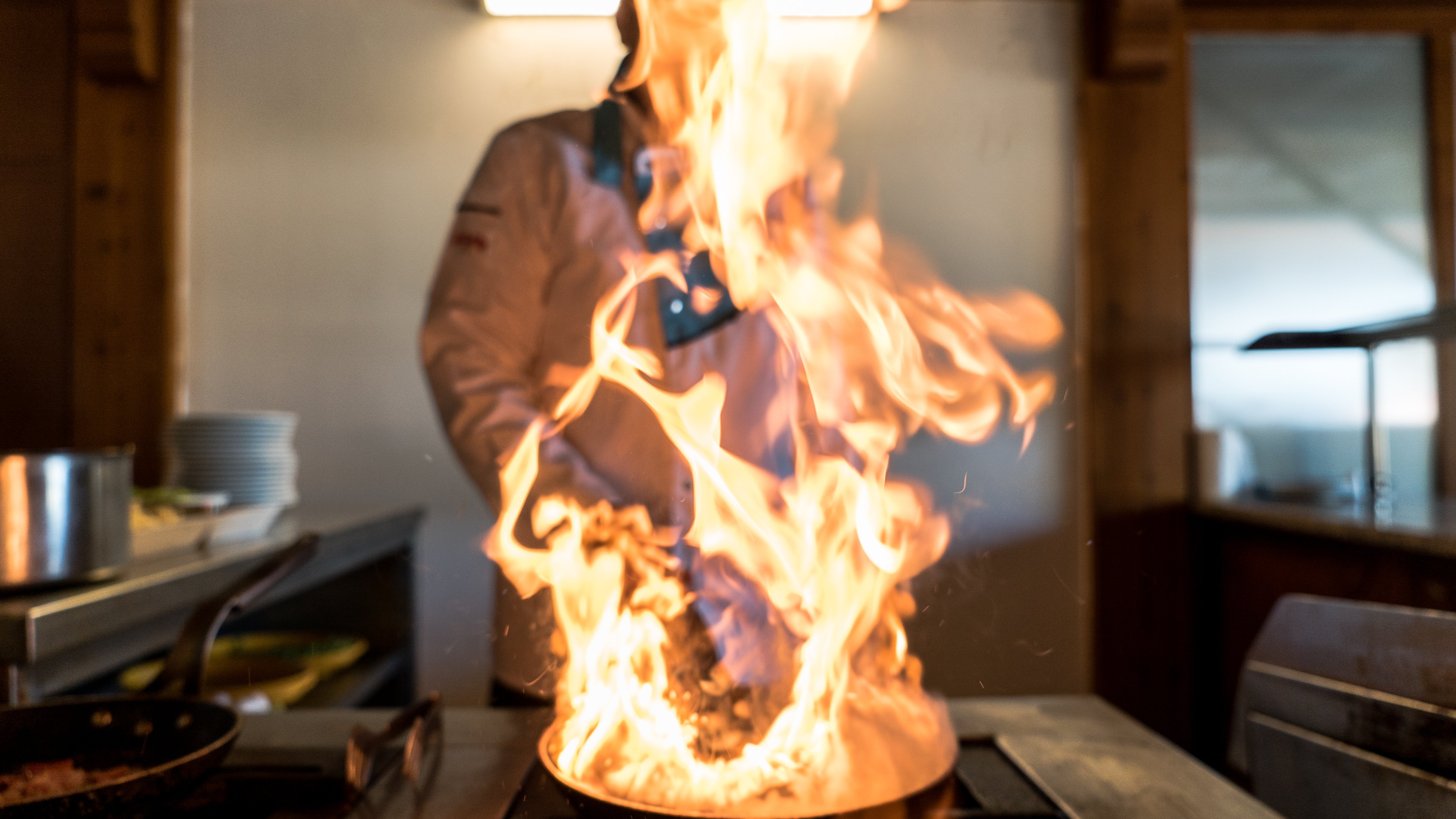
. Fire extinguishers are marketed for use on residential kitchen fires and carry a Class B rating. What is the boat plug. Though such fires are technically a subclass of the flammable liquidgas class the special characteristics of these types of fires namely the higher flash point are considered important enough to recognize separately.
These fires are most commonly kitchen fires as they involve cooking oils. Fires in combustible metals such as magnesium titanium zirconium sodium liquid and potassium. NFPA 10 Class K fire.
Although they technically are liquid fires they come under their own classification as theyre a common house fire cause. Class K fires are those that are fueled by flammable liquids unique to cooking such as cooking oils and greases that are vegetable and animal fat-based. May cause fire spread or electrical shock.
Fire extinguisher should be inspected at least once a. A fire often happens if a pan is left on the stove for too long unattended and the oil ignites. Class K fires involve vegetable oils animal oils or fats in cooking appliances.
Kitchen fires have their own classification Class K which is technically a subclass of Class B. Multipurpose fire extinguishers include. Commercial buildings and restaurants built with kitchens should be alert to the possibility of Class K fires.
Common materials in class K fires include. Cooking fires are fueled by a wide range of liquid cooking materials. NFPA 10 Class D fire.
Petroleum gasoline oil paint propane and butane fires all fall under this category. Class_____ fires include burning electrical devices motors and transformers. CLASS K FIRES Fires in cooking appliances that involve combustible cooking media vegetable or animal oils and fats.
Electrification _____ is a process of charging an object. Motors transformers and appliances. A fire in a cooking appliance that involves combustible cooking media vegetable or animal oils and fats.
Greases cooking oils vegetable fat and animal fat are some common fuel sources. Do not use on Class B or C fires. Safety inspections of the industrial kitchen.
A fire in a cooking appliance that involves combustible cooking media vegetable or animal oils and fats Clean agent. Oils such as vegetable oil canola oil butter etc that are for cooking are in this category. A fire in combustible metals such as magnesium titanium zirconium sodium lithium and potassium.
TF-Class D fires are fires that include burning metals. However its important to understand that Class B does not cover fires involving cooking oils or grease. This is responsible for the initial ignition of a fire.
Fires involving cooking oils and fats are classified as Class F under the European and Australian systems and Class K under the American system. C _____ is not required to start a fire. Class C fires are involving _____ such as Remove the power and the Class C fire becomes one of the other classes of fire.
Carbon dioxide to be used on chemical or electrical fires Type K. Class __ fires include burning electrical devices motors and transformers. Locations ABC fire extinguishers are located throughout the Medical Centers in corridors.
Extinguishers with a K rating are designed to extinguish fires involving vegetable oils animal oils or fats utilized in commercial cooking appliances. Cooking Oils andor Fats. When these substances reach high temperatures as they naturally do in the kitchen a sudden and potentially volatile fire can easily ignite.
Class K fires are naturally of concern in the food service and restaurant industry. Technicians must know the location of all _____ in the facility. These types of fire extinguishers generally use high-volume low-velocity delivery of the extinguishing agent to prevent splattering and spreading of the burning liquid grease.
Pressurized water to be used on Class A fire only. Those fires are classified as K fires which well cover below. Grease can accumulate behind and undercooking appliances.
Technically a type of liquid fire Class K fires are distinct enough to warrant their own classification. A fire in combustible metals such as magnesium titanium zirconium sodium lithium and potassium. Dry chemical effective on all classes of fires Type BC.
Class D are fires are in _____ such as. If you had to lower the life boat in the water what should be checked 1st. WHAT ARE CLASS K FIRES.
A fire that involves energized electrical equipment. What is Class K Fires. Used in kitchens on grease fires.

Abcs Of Fire Extinguishers Fire Prevention Services The University Of Texas At Austin
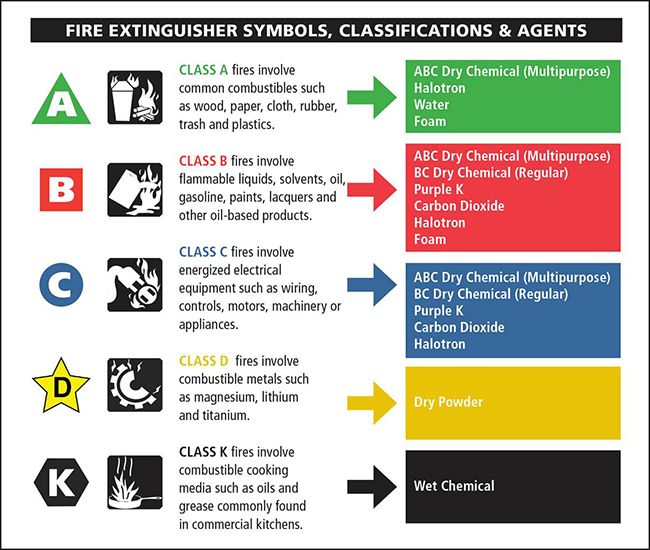
Types Of Fires Kidde Fire Safety
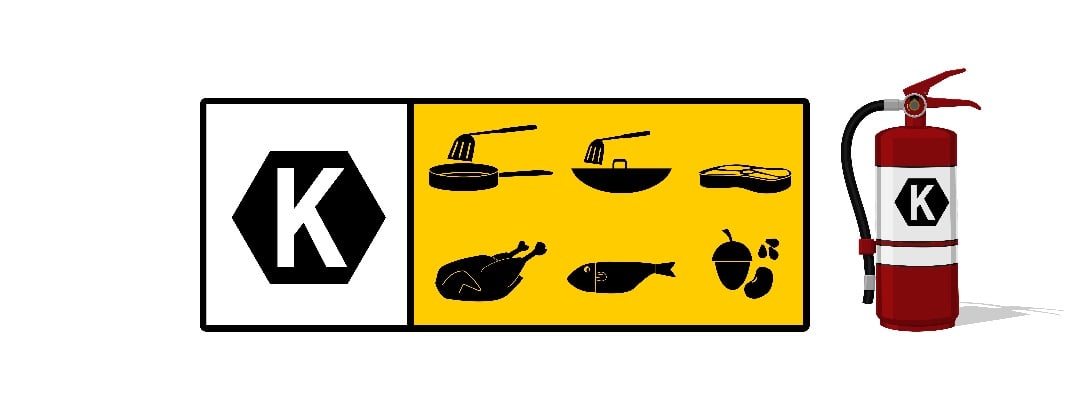
What Is A Class K Fire Extinguisher Used For
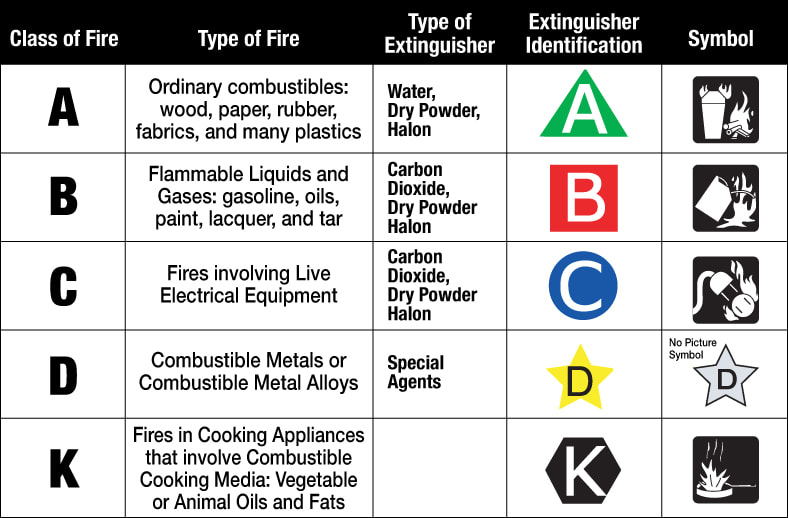
Fire Safety Mr Ferguson S Class Site
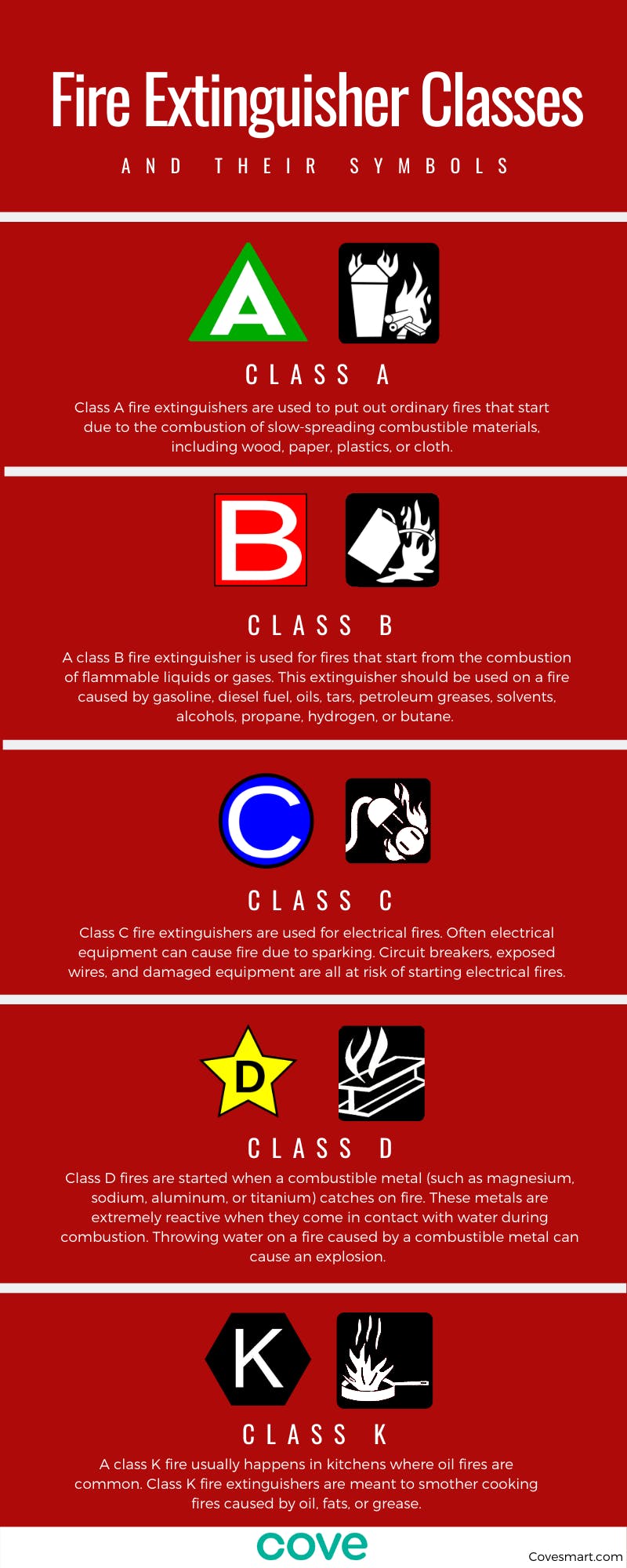
Guide To The Five Fire Extinguisher Classes Cove Security

Find Out What The Symbols On Your Fire Extinguisher Actually Mean Foremost Promotions

What Is A Class K Fire Extinguisher Used For
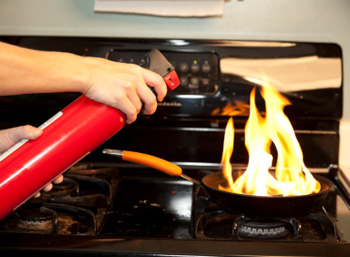
Kitchen Class K Fires How To Fight Them

Portable Fire Extinguishers Fire Extinguisher Uses Fire Equipment